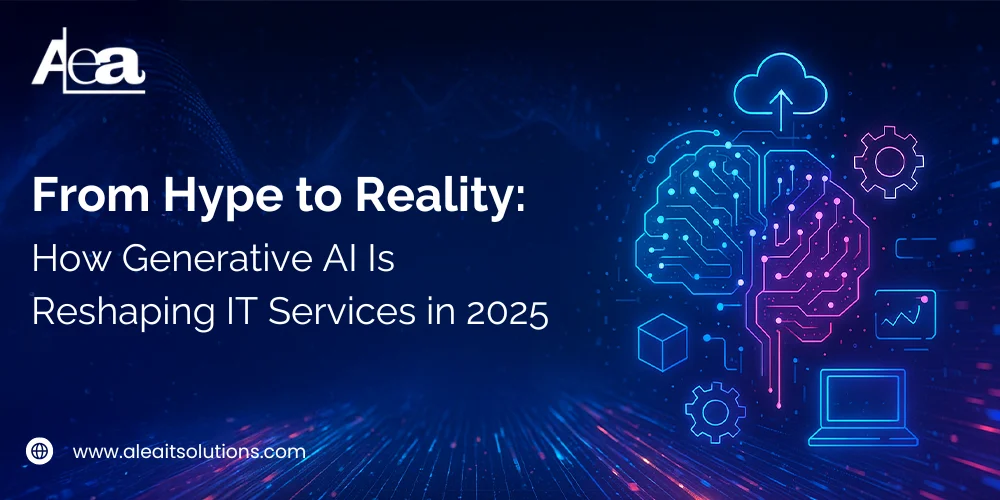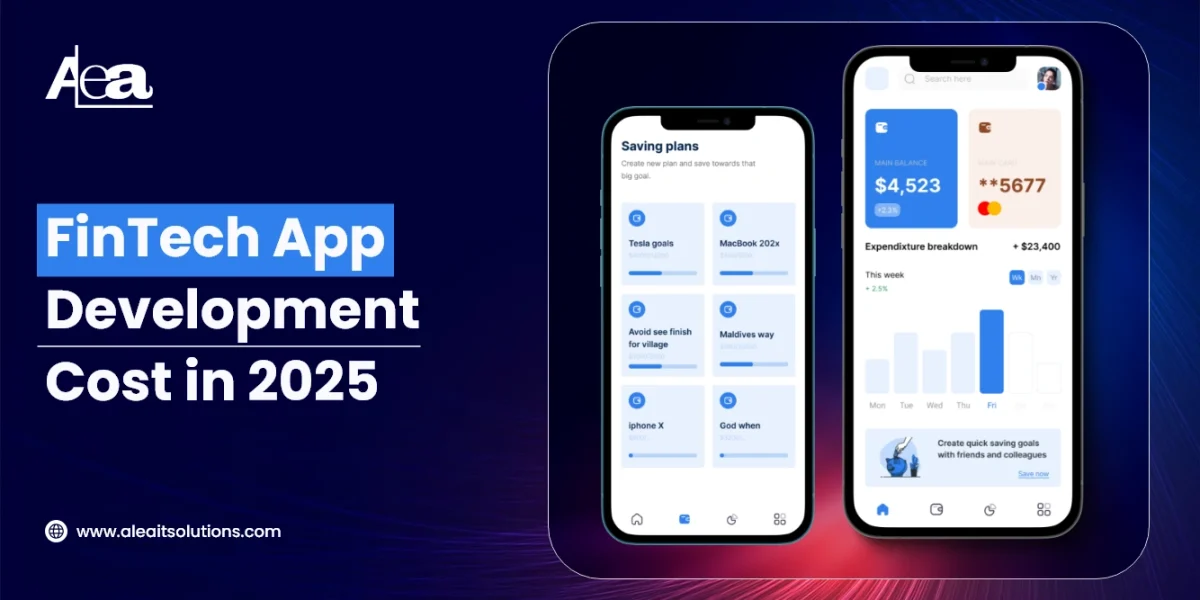Let’s call it like it is over the past few years, “Generative AI” has been hyped to the moon. It showed up in every keynote, every investor deck, and more than a few product roadmaps that never quite delivered. But now, in 2025, we’re seeing something different. The noise is dying down, and the real value is starting to show.
In the background without much fanfare generative AI has started changing how modern IT teams work, day in and day out.
Today, developers lean on AI-powered assistants that do more than autocomplete they’re actually helping teams write tighter, cleaner code. QA folks are going beyond scripting automation; they’re using AI to surface edge cases, trace bugs, and even suggest fixes. Ops teams no longer scramble for test data it’s generated on demand. Internal support? It’s levelled up, thanks to AI-driven tools that understand context and escalate issues when needed. And documentation that eternal chore finally gets some help, with AI drafting and updating it nearly in step with code pushes.
It’s not experimental anymore. This is happening now, and it’s changing the way sharp IT teams get things done.
Where Generative AI Is Actually Helping Right Now
At its best, generative AI takes the dull, repetitive tasks off engineers’ plates and it does it well enough to keep pace with the speed of product teams.
Here’s where it’s pulling real weight:
Writing and Refactoring Code
This isn’t about replacing developers it’s about removing friction. Whether you’re cleaning up old PHP, generating scaffolds for new APIs, or spinning up the bones of a frontend, AI tools can lay the groundwork fast. Think of it like pairing with a teammate who never complains and knows every stack inside out.
Smarter Support, Fewer Headaches
We’re way past the era of dumb, rule-based chatbots. The best AI assistants today understand real user intent, handle the routine stuff, and escalate when it’s actually needed. For lean teams, that’s fewer late nights chasing support tickets and more time building features that matter.
Quality Assurance That Keeps Up
QA teams are using AI to keep up with the breakneck pace of software delivery. It’s writing test cases, simulating edge scenarios, mapping user flows, and catching bugs before they go live. This isn’t just automation it’s intelligent assistance that scales with your release velocity.
Docs That Don’t Fall Behind
Trying to keep documentation current with weekly (or daily) code changes is a losing game. Now, AI can draft inline comments, setup instructions, and even API docs directly from code. Is it perfect? No. Is it a huge leap forward? Absolutely. Meanwhile, in DevOps, AI is starting to nudge teams toward better CI/CD configurations sometimes even implementing those changes directly.
These aren’t speculative ideas. These are tools being used right now to streamline real workflows.
How Startups and Fast-Moving Teams Are Putting It to Work
For startups or growing tech companies, speed is the difference between thriving and stalling. But moving fast usually means cutting corners somewhere tech debt, patchy documentation, late-night fire drills.
Generative AI flips that around.
A small dev team with the right AI tools can match the output of a much larger group. Tedious coding gets automated. QA becomes baked into every pull request. Internal chatbots handle the bulk of employee requests without bottlenecks. Better documentation makes onboarding new engineers quicker and far less painful.
Even mid-sized teams are using AI to breathe life into legacy systems, reduce manual effort, and chip away at years of accumulated tech debt.
The point? You don’t need a massive AI initiative. You just need to know where it makes the biggest difference.
What’s Still Getting in the Way
No tool is perfect and generative AI has its own set of challenges.
Data Sensitivity & Oversight
Feeding sensitive company data into third-party models without guardrails? That’s a red flag. Responsible use means knowing where your data goes, who has access, and making sure models are tuned with privacy in mind.
Old Tech, New Tricks
If your infrastructure is modern and API-driven, integrating AI is fairly smooth. But if you’re dealing with decade-old codebases or monoliths, you’ll need to layer in smarter interfaces or wrap pieces into microservices before you see real results.
Accuracy & Trust
AI is powerful, but it’s not infallible. Mistakes still happen. Teams need to validate outputs and keep checks in place especially when AI is writing code or answering users.
Tools That Actually Help
The good news? You don’t have to start from scratch. There’s a solid ecosystem of tools built to help teams test, learn, and build responsibly.
- OpenAI’s GPT models are flexible enough to power everything from internal tools to product features.
- LangChain makes it easier to connect AI with your own company’s data.
- GitHub Copilot can be a huge timesaver once your devs learn when to trust it and when to double-check.
- Azure OpenAI is built for teams in regulated industries who need enterprise-grade controls and compliance.
The best tool for you depends on your stack, your data, and your risk appetite. But the barrier to entry has never been lower.
Why Tailoring AI to Your Business Pays Off
Out-of-the-box AI is useful but it only gets you so far. The real edge comes when you fine-tune it to your world.
Think about:
- A support bot that actually understands your app’s weird edge cases.
- A coding assistant that speaks your company’s architecture fluently.
- Internal tools that write docs in the same voice your team already uses.
This isn’t science fiction it’s what smart teams are doing to save time and raise the bar.
A Down-to-Earth Roadmap for Tech Leaders
If you’re leading an engineering org, here’s a no-nonsense way to start:
- Start small. Pick one pain point onboarding docs, testing, support tickets and build a quick prototype.
- Stay involved. This isn’t a “set it and forget it” side project. It needs guidance, especially early on.
- Track what matters. Monitor how it affects accuracy, speed, and team bandwidth.
- Put up guardrails. Establish checks, reviews, and policies that work for your team.
- Scale carefully. Once you see the ROI, invest in deeper integration, better tooling, and custom models.
The most successful teams aren’t chasing shiny demos. They’re embedding AI where it makes real, lasting impact.
How ALEAIT Solutions Helps You Make It Real
At ALEAIT Solutions, we don’t chase trends we build working systems.
We help you:
- Design infrastructure that’s ready for AI, not just patched to support it.
- Modernize your tech stack so generative tools plug in smoothly.
- Build the right governance to protect sensitive data and maintain control.
- Fine-tune AI models to speak your language literally and technically.
Whether you’re a startup launching your first AI-powered product or an established SME ready to overhaul operations, we help you turn generative AI into something that actually delivers.
Let’s Make AI Work for You
Skip the generic demos. Don’t settle for cookie-cutter tools. ALEAIT Solutions works directly with tech leaders to design, build, and scale real AI solutions from smart automation to enterprise-grade rollouts.
Whether you’re cleaning up legacy systems or building the next thing, we’ll bring the strategy, engineering, and hands-on AI expertise to make it happen.
Let’s stop talking about the future and start building it.
[Talk to an AI Strategist at ALEAIT →]




